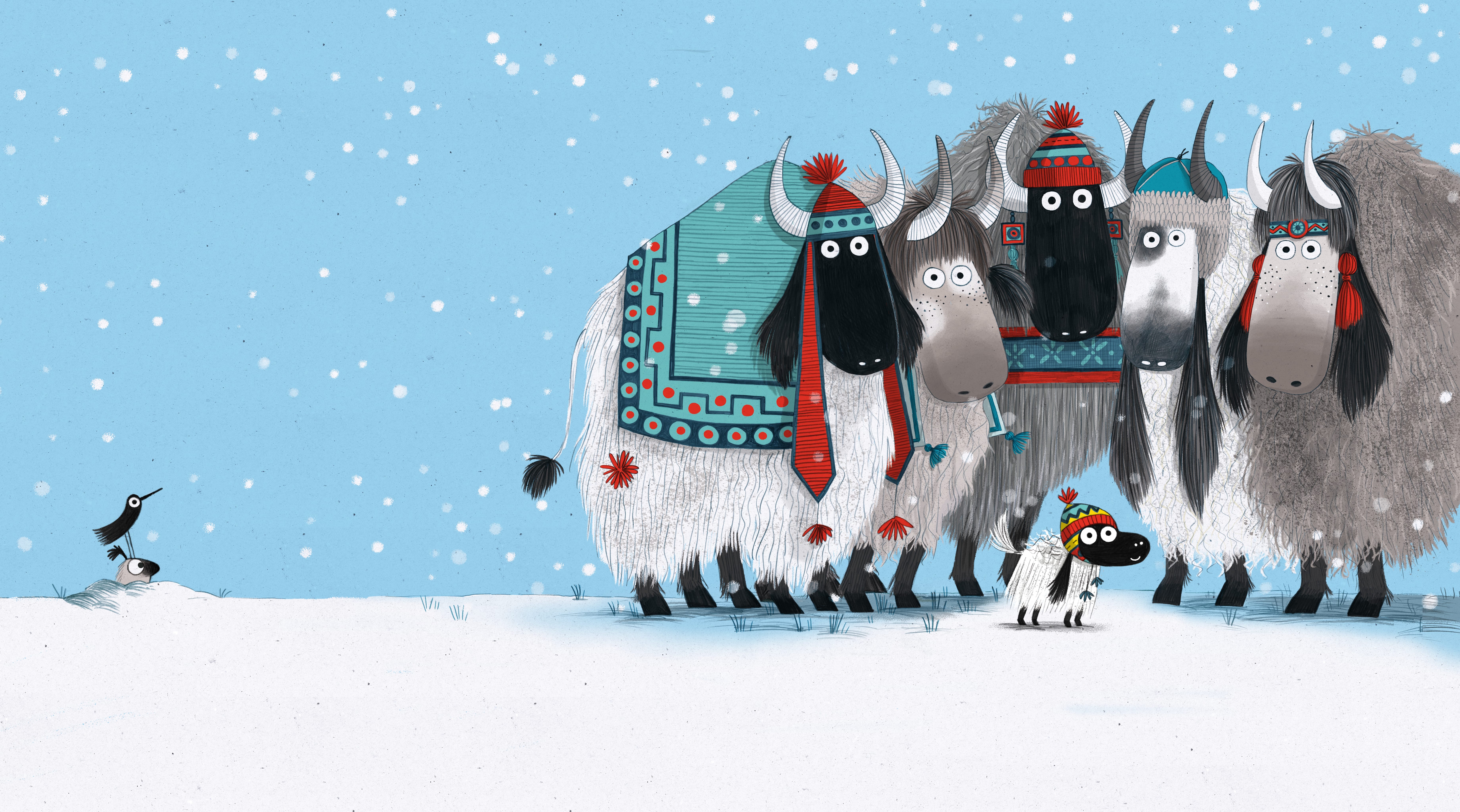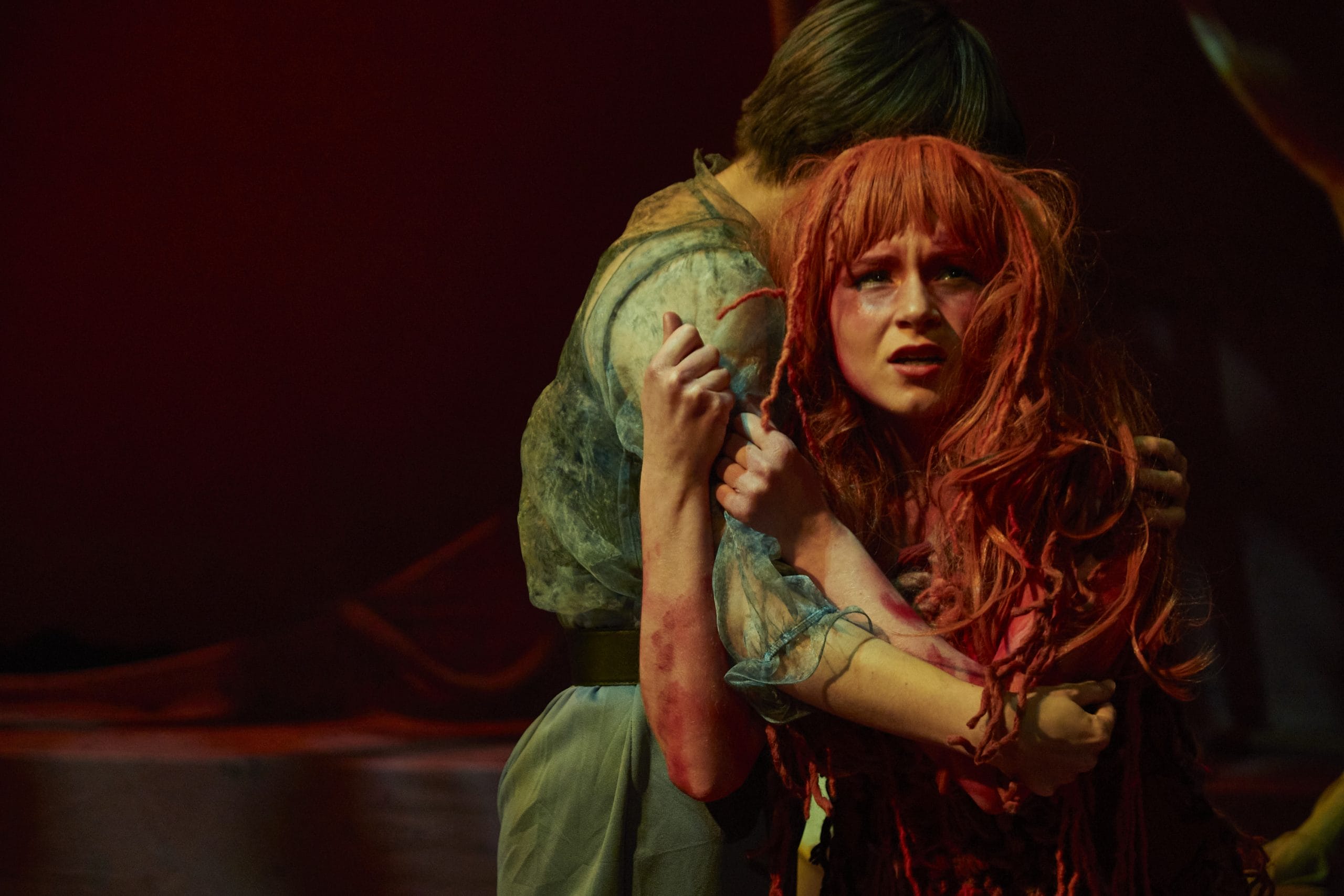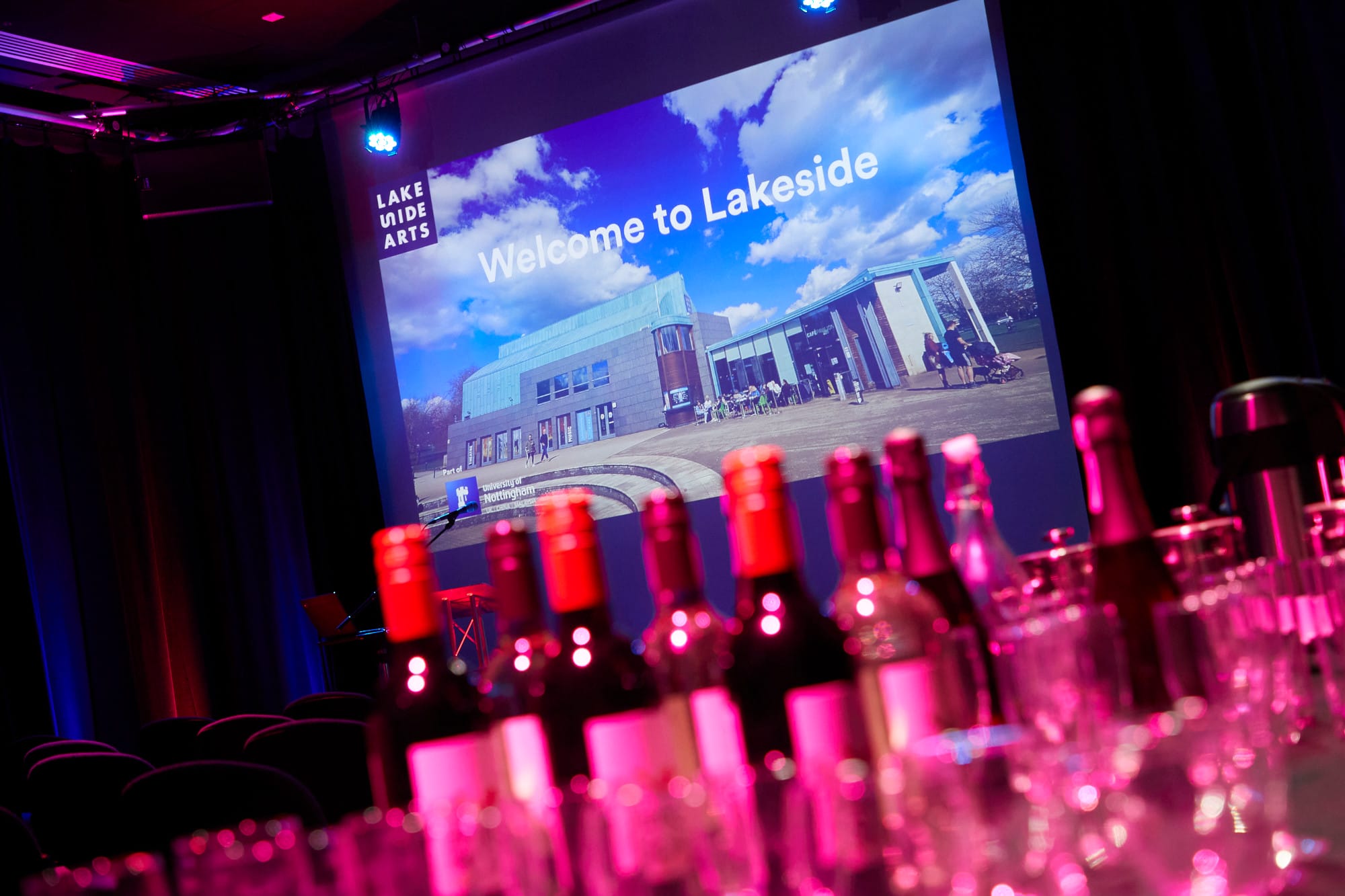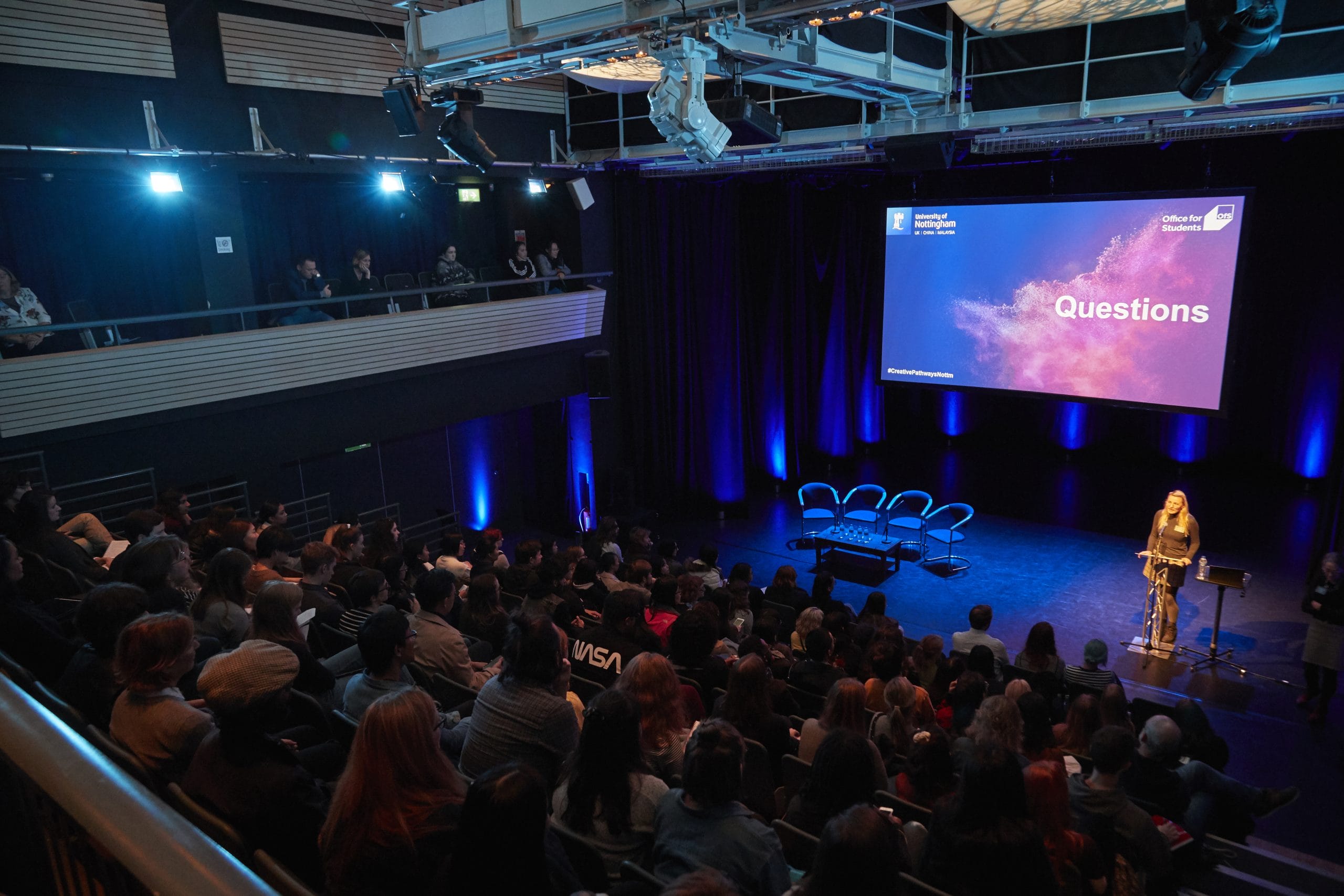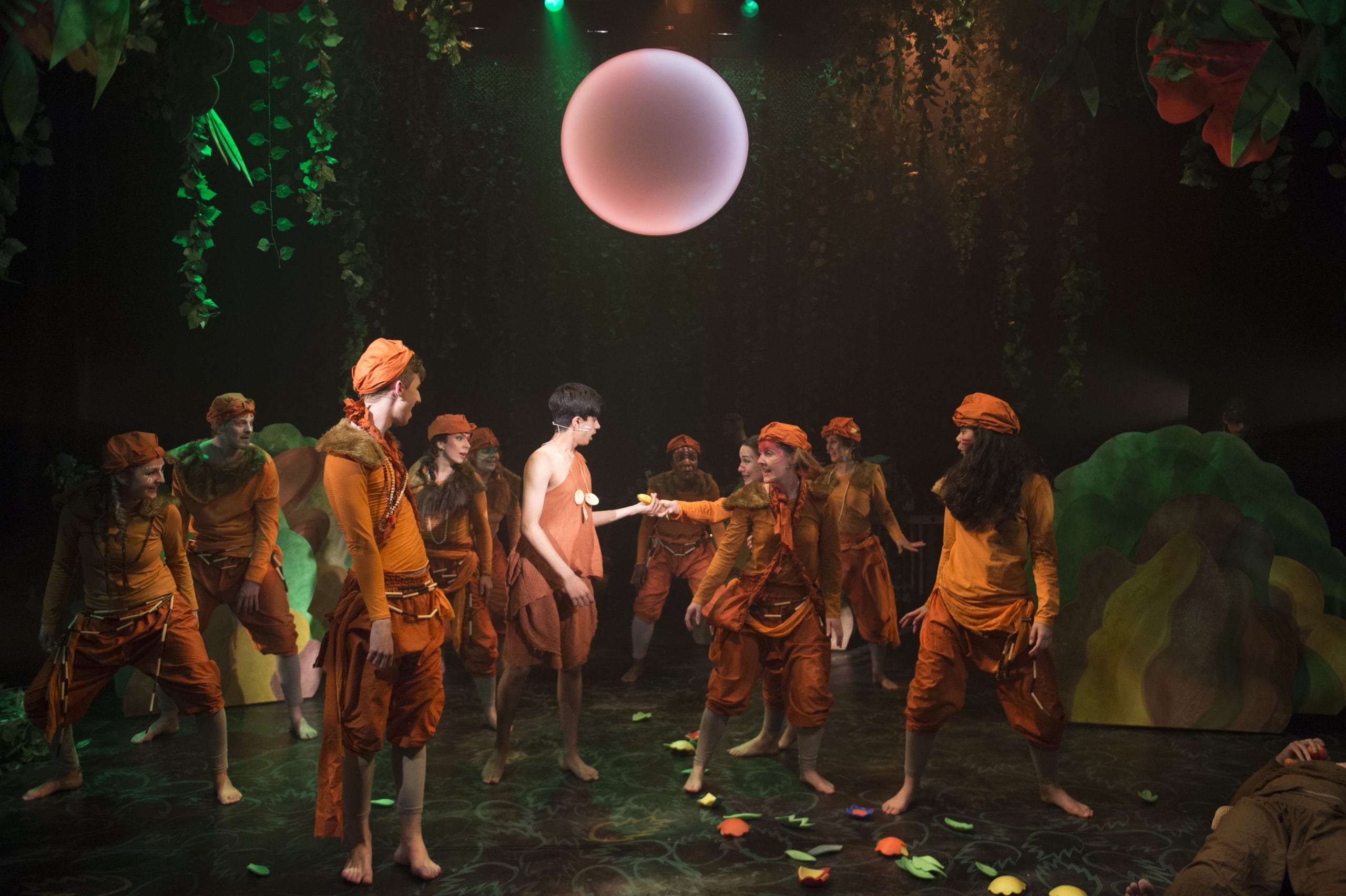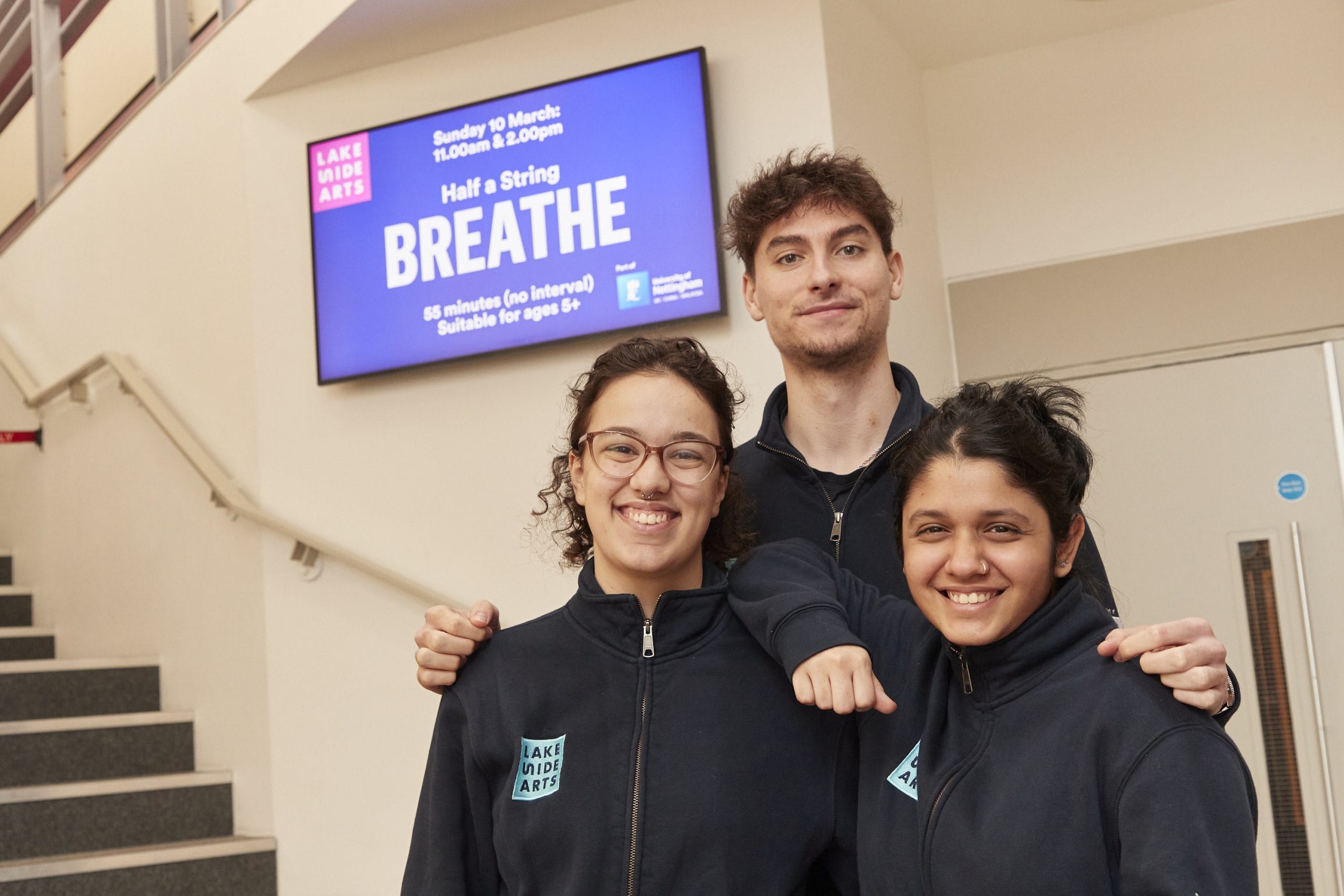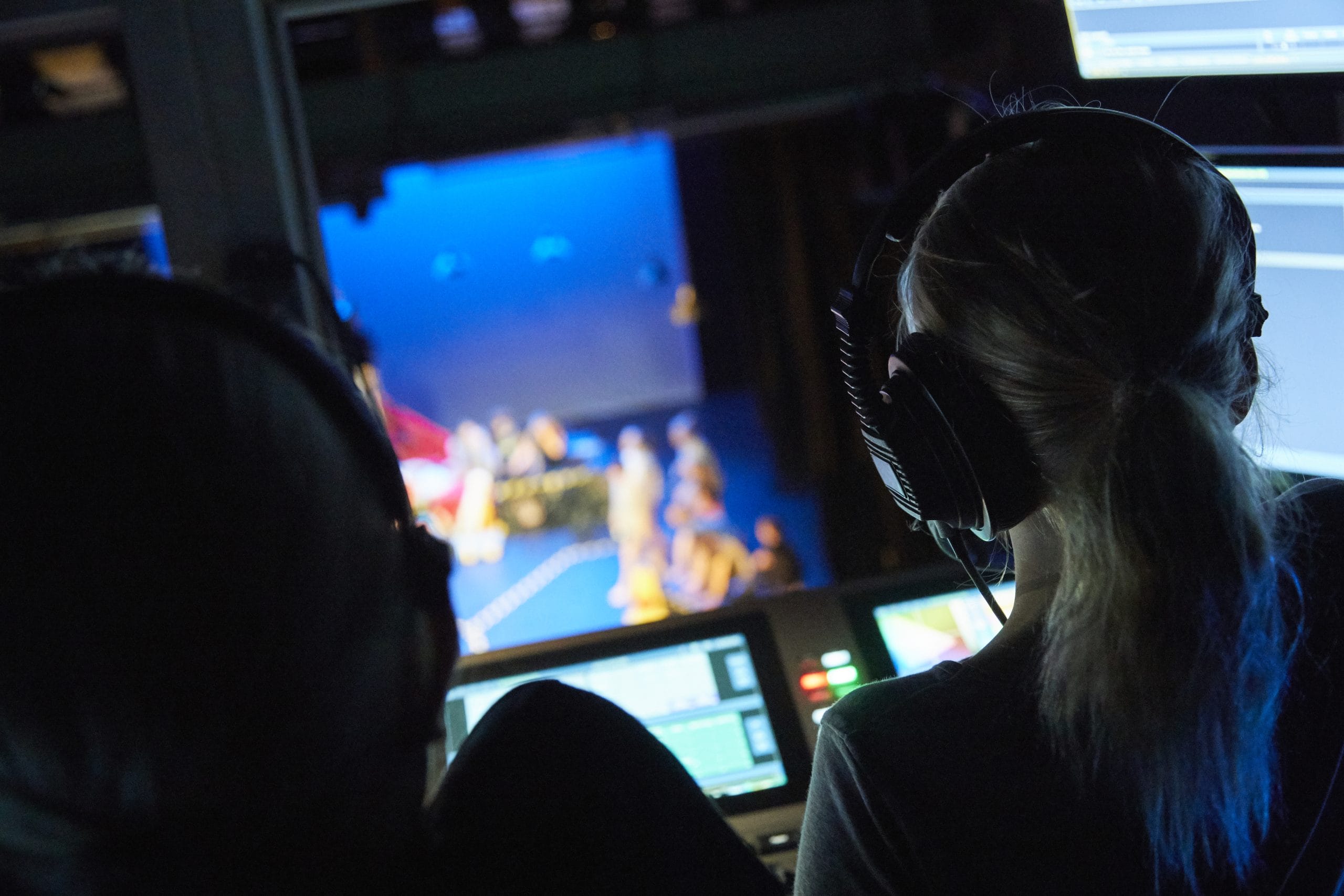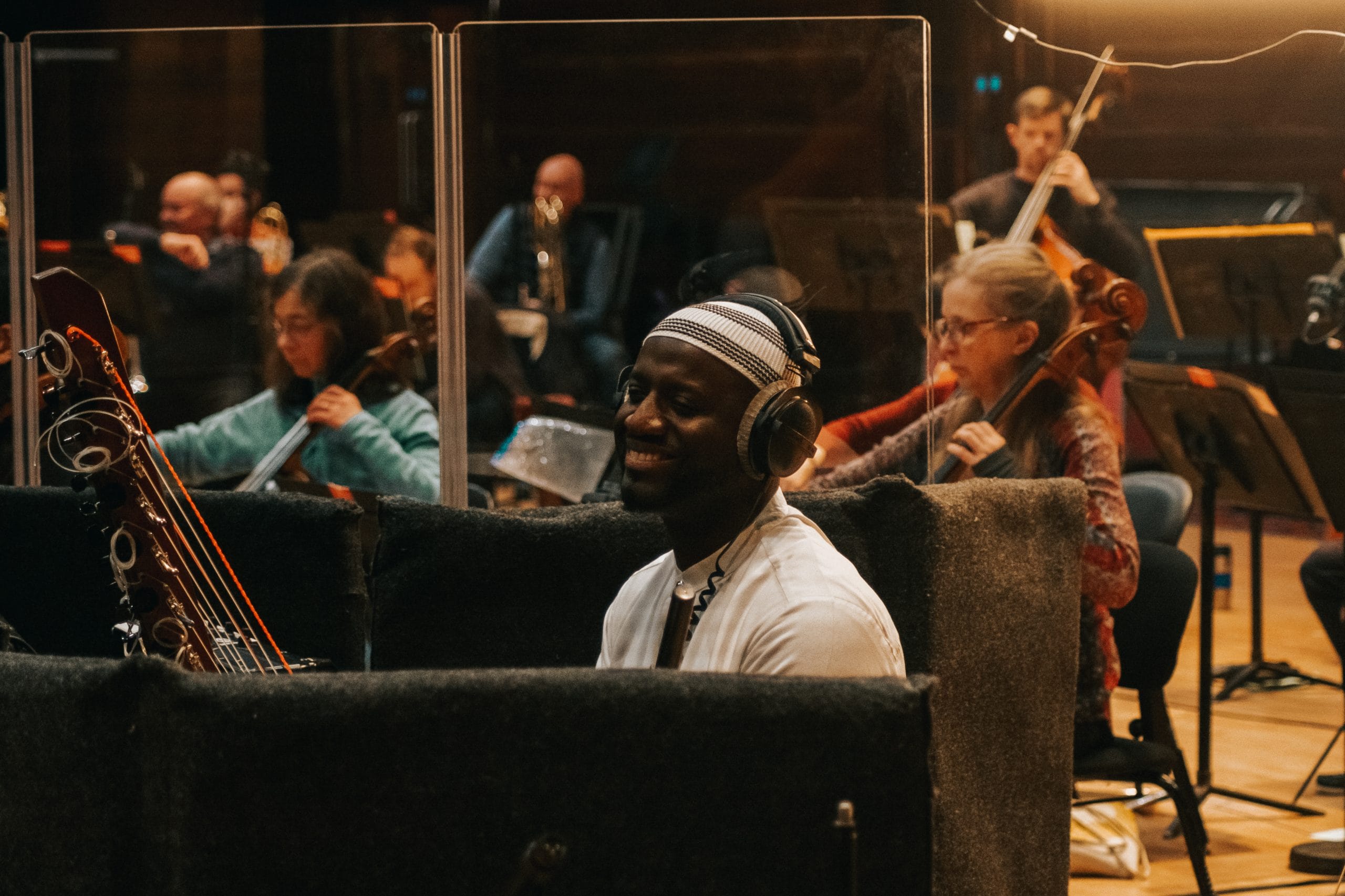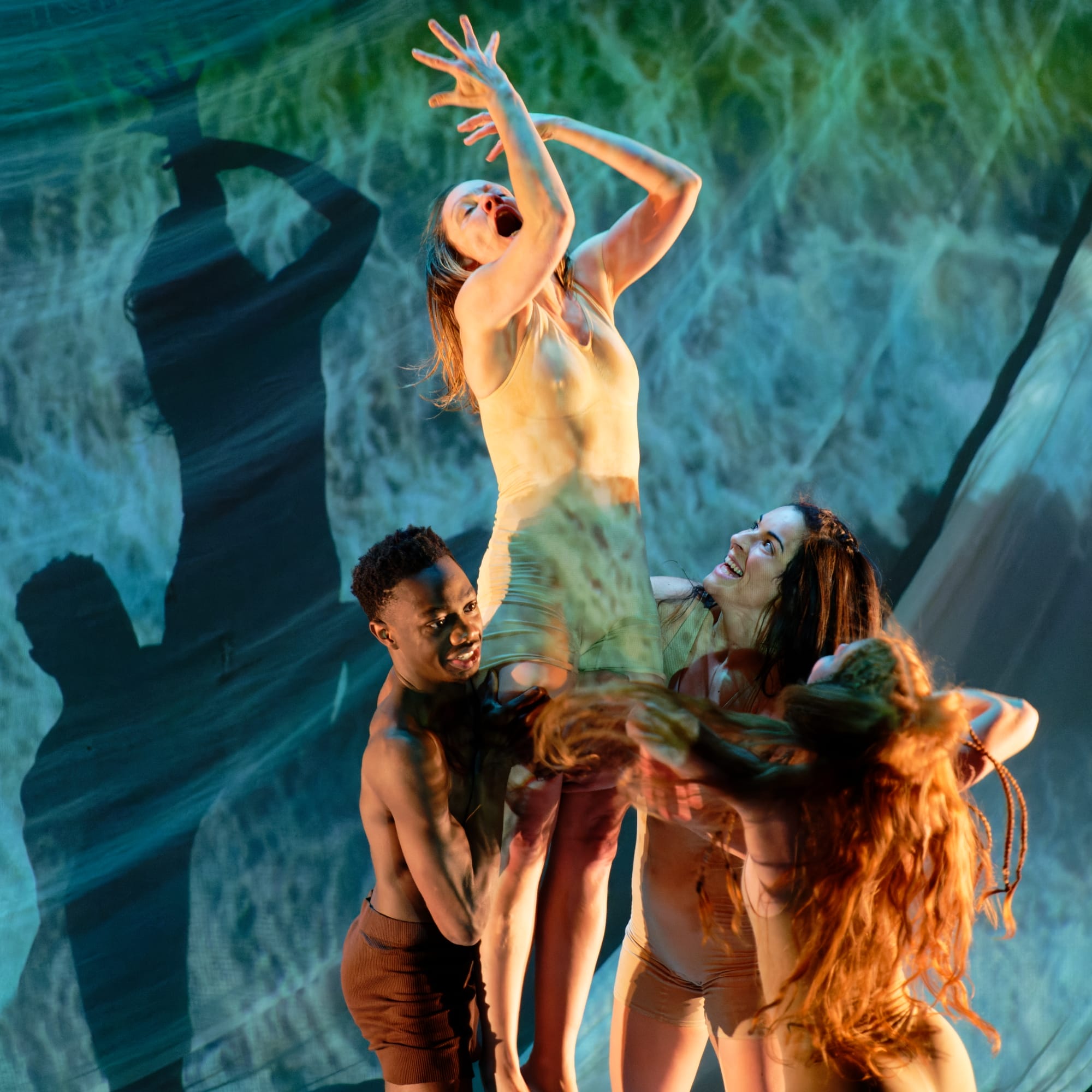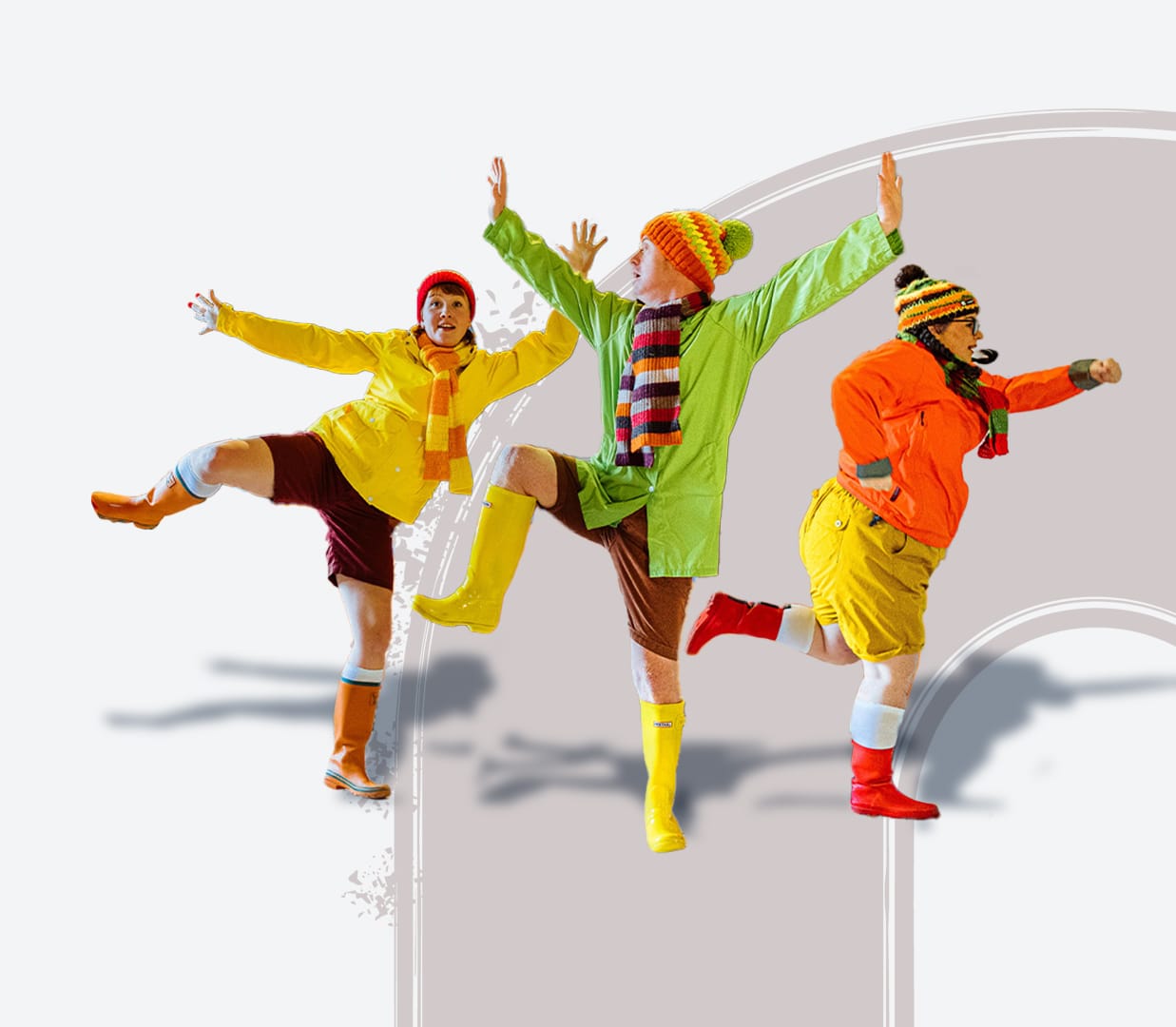Our Young Critics review this powerful performance by the Tmesis Theatre, combining puppetry, projections, physicality and live folk music to accompany.
Young Critics are an imaginative collective of students that value collaboration and innovation. Together, they review and help shape future theatre programming.
Reviews
The Selkies all joined together with happy kicks and joyous slaps. They all danced in circles around one another, blissfully unaware of mankind’s knife looming over, polluting this harmony.
Sealskin by Tmesis Theatre was, in short, incredible. A real beauty to the eyes. It not only reflects the elegance of dance and how intrinsic movement is for storytelling and emotion, but it also brings to the surface real topics of discussion that are tragic and hard-hitting, the type of discussion that leaves your eyes slick, heart tender and soul aching to dissect this delicately choreographed narrative.
I feel I can best approach this performance through its use of sheets and projections, as these components of the performance felt the most provocative to me. From the very beginning to the end, the use of the sheets and projections, not only as separate aspects but as components intertwined with one another, created evocative imagery that makes an audience feel a myriad of torment, pain, and amazement.
A specific moment which stood out to me was when the large white cloth encapsulated the ‘Selkies’ within as they pushed the cloth, manipulating it in nefarious ways. This, every time this was done, always left me with strong imagery of life and creatures with sentient life. The types of creatures we may not know the name of, but still breathe and live among us. These actions were enhanced with the use of projections, within this scene, a Seal in water was projected on the moving white sheet. It created this sense of familiarity, though we do not know the ‘Selkies’ as they are not a real animal, we feel their importance and innocence through the projections and movements of the white cloth.
Another aspect of the production which intrigued me was the use of puppetry near the end of the performance, most specifically, the use of materials that made up the puppet. From what I could see the puppet of a small child, the child of the Selkie and the man, was made of several types of plastics. This really struck me, and more notably, was such an artfully subtle way to highlight our ongoing plastic pollution issues we are currently dealing with.
With each moment I take to ponder this performance, the more I am left astonished by how many layers there are to peel back and the definite impact this production will have on its audience.
An amazing performance from start to finish and a production that should be seen across the world.
Sealskin is a play by Liverpool-based Tmesis Theatre retelling an ancient tale of selkies who rise from the sea to dance under the full moon, and one who is forcibly torn from her ilk by the theft of her seal skin by a man.
The mythological setting was conveyed beautifully by a shimmering piece of fabric laid over the stage, used to signify both sea and sky; to entrap and to liberate. As the wild home of the selkies this gauze was made by the actors to ripple and flow with all the harmless ferocity of the ocean, with videos of seals swimming through projected onto it in a magical glimpse into the underwater world. Yet later on, this same fabric became the billowing skirt of an engulfing wedding dress, an image of confinement of the selkie into the heteronormative monogamy of the human world, so radically different from the freely affectionate union of her own kind, the touching caresses that they shared without restraint, and the liberty of existing only in one’s skin. Such creative use of just one main set-piece drew the audience deeply into the fantastical world of the show.
The story was told through movement and music, performed live by duo Me and Deboe, whose guitar-accompanied harmonies hauntingly encapsulated the sense of loss and misunderstanding in the piece, especially in chorus with the evocative wails and calls of the lost selkie to her kin. To this music the selkies danced wildly, with frantic, feral motions that connoted nothing but the freedom of being unconfined by human affairs – an inspiration for all the audience, seated in self-conscious stillness. In contrast, the humans of the piece moved with a harshness and separation between them, exacerbated by the attempts of those who took in the selkie to restrain her natural behaviours so her body language would befit a human woman. This assimilation was shown through a montage of meals, at each of which her movements grew to more closely resemble the human standard. Additionally, the audience was able to share in the selkie’s perception of the foreignness of the human world as three sailors advanced on her frighteningly, one sat atop another’s shoulders to create a monstrous form that gave the audience a glimpse of the world through her lonely eyes.
Towards the play’s end, the selkie woman and the man who stole her skin have a child. The baby was portrayed by a variety of puppets made of plastic; a clear image of pollution of the sea and a reflection of the man’s pollution of the selkie’s body. This half-selkie child was puppeteered by their human family, and through this the control and restriction of behaviour that had once been exacted over the mother was shown plainly to continue to the following generation, as the natural seal-like motions and the child’s draw to the ocean were repressed. With this emotive depiction of isolation and unacceptance, the child left the human world, taken into the ocean’s embrace. This conclusion of division encouraged the audience to apply the heart-wrenching reflections to our own modern society, and hopefully consider the ways in which they could abate such denials of individuality and difference.



